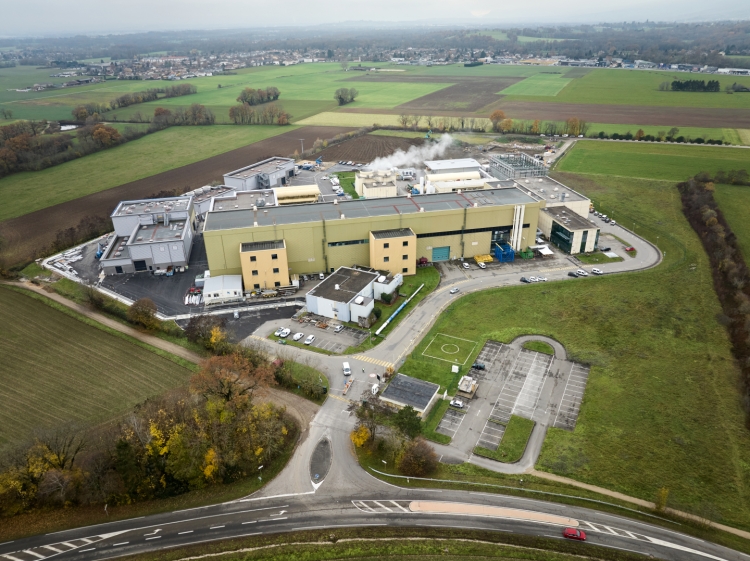
How an evacuation of the CMS experimental cavern has provided invaluable human behaviour data to improve the emergency preparedness for complex underground facilities.
CERN and CMS strive for excellence in safety matters, with a commitment to continuous improvement in the field. Emergency preparedness is a priority as it is a key element in protecting both people participating in any on-site activities and installations. In this context, regular evacuation exercises of all accelerator and experimental areas are a regulatory requirement and part of the CERN-wide safety objectives.
On a warm sunny day in February 2024, 48 people were going about their daily work on the CMS site in Cessy, France, unaware that an evacuation exercise, carefully planned for several months, was about to take place. Such exercises are crucial for facility users and rescue teams to gain familiarity with emergency procedures in various contexts and settings. When the alarm sounded, all 48 people reacted calmly, reaching the assembly point quickly and safely. It was a pleasing result for CMS, and beyond the important lessons learned from the exercise, additional data was gathered to improve not only evacuation procedures but also the design of installations to make emergency plans even more effective.
This formed part of a pilot collaboration between CMS Safety, the HSE Fire Safety Engineering (FSE) team and the division of Fire Safety Engineering of Lund University in Sweden. The study used this opportunity to maximise the usefulness of the evacuation to study human behaviour in emergency situations.
The data collected was a combination of reports by undercover observers, questionnaires, and footage from security cameras, in full compliance with Operational Circular 11 to ensure anonymity. It provides many useful insights into evacuation dynamics, occupant characteristics, and perceptions of safety procedures.
This information is key for the design and emergency planning for subterranean experimental areas. As opposed to buildings located above ground, that can be designed according to national safety standards, the design of underground areas relies extensively on computer modelling. Using various parameters, it is possible to simulate human behaviours in the event of an emergency to predict the effectiveness of a real-life evacuation.
In this pilot study, the Lund and FSE teams will use the CMS evacuation data to identify unique human behaviours observed in emergencies in complex underground environments. This will expand the current knowledge base and help build a database of specific input parameters to fine-tune and validate existing evacuation models.
Ultimately, this methodology will be a key means not only to improve CMS’s and wider CERN’s emergency response in the caverns, but also to influence the safety design across current and future complex facilities, at CERN and beyond.

